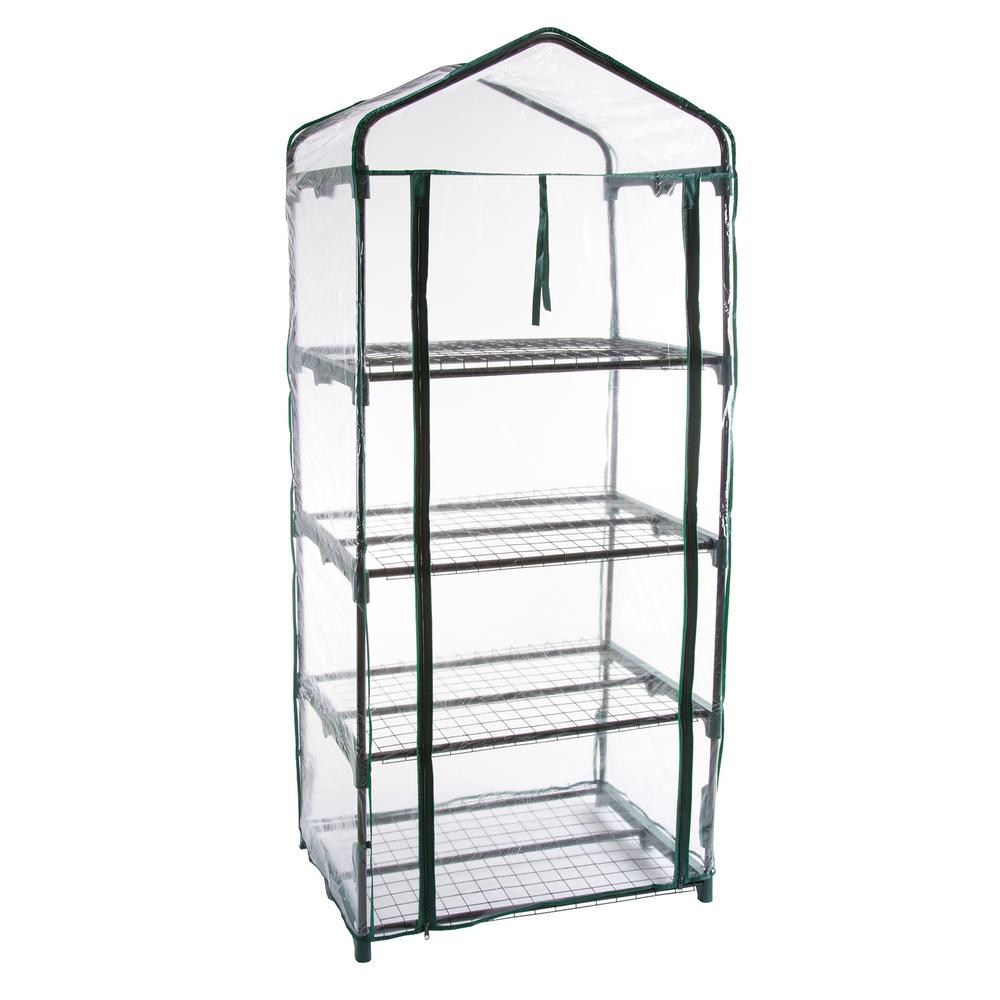Here is some info I found about how STS works.
Maybe this will clear some of the confusion about STS in correlation with hermaphrodism.
STS: Silver thiosulfate, a salt compound used in photography. In plants, silver interferes with, or locks out, copper, which is a necessary micronutrient. Making copper unavailable inteferes with ethylene signaling, and reduces expression of traits that are dependent on high levels of ethylene, such as female sex expression and fruit ripening.
Copper: a micronutrient that is necessary to assist certain enzymes in their function. Copper can become toxic at low levels, but a few parts per billion is adequate for plants to express their genetic potential. Because copper is needed at such low levels, it does not take much silver to overwhelm the available copper load and exert its effect.
Ethylene: One of the 5 plant hormones. The levels and ratios of these 5 hormones has a huge impact on the shape, strucutre, aroma, flavor, flowering time, and disease resistance of the plant. Hormones are the chemical messengers that allow DNA to 'talk' to plant tissues and determine the phenotype. Ethylene is primarily involved in flowering, sex determination, fruit ripening, and sensescence (rot). Ethylene is a simple organic molecule, C2 H4, which can also be represented as H2C=CH2.
In cannabis, female plants will produce male flowers if not enough ethylene is present, or if too much gibberellic acid is present. The intersex condition is due to a combination of genetic and environmental factors. Some plants will not turn male under the most extreme stress, and some plants, especially stretchy tropical sativas, will turn with no stress at all.
Maybe this will clear some of the confusion about STS in correlation with hermaphrodism.
STS: Silver thiosulfate, a salt compound used in photography. In plants, silver interferes with, or locks out, copper, which is a necessary micronutrient. Making copper unavailable inteferes with ethylene signaling, and reduces expression of traits that are dependent on high levels of ethylene, such as female sex expression and fruit ripening.
Copper: a micronutrient that is necessary to assist certain enzymes in their function. Copper can become toxic at low levels, but a few parts per billion is adequate for plants to express their genetic potential. Because copper is needed at such low levels, it does not take much silver to overwhelm the available copper load and exert its effect.
Ethylene: One of the 5 plant hormones. The levels and ratios of these 5 hormones has a huge impact on the shape, strucutre, aroma, flavor, flowering time, and disease resistance of the plant. Hormones are the chemical messengers that allow DNA to 'talk' to plant tissues and determine the phenotype. Ethylene is primarily involved in flowering, sex determination, fruit ripening, and sensescence (rot). Ethylene is a simple organic molecule, C2 H4, which can also be represented as H2C=CH2.
In cannabis, female plants will produce male flowers if not enough ethylene is present, or if too much gibberellic acid is present. The intersex condition is due to a combination of genetic and environmental factors. Some plants will not turn male under the most extreme stress, and some plants, especially stretchy tropical sativas, will turn with no stress at all.





